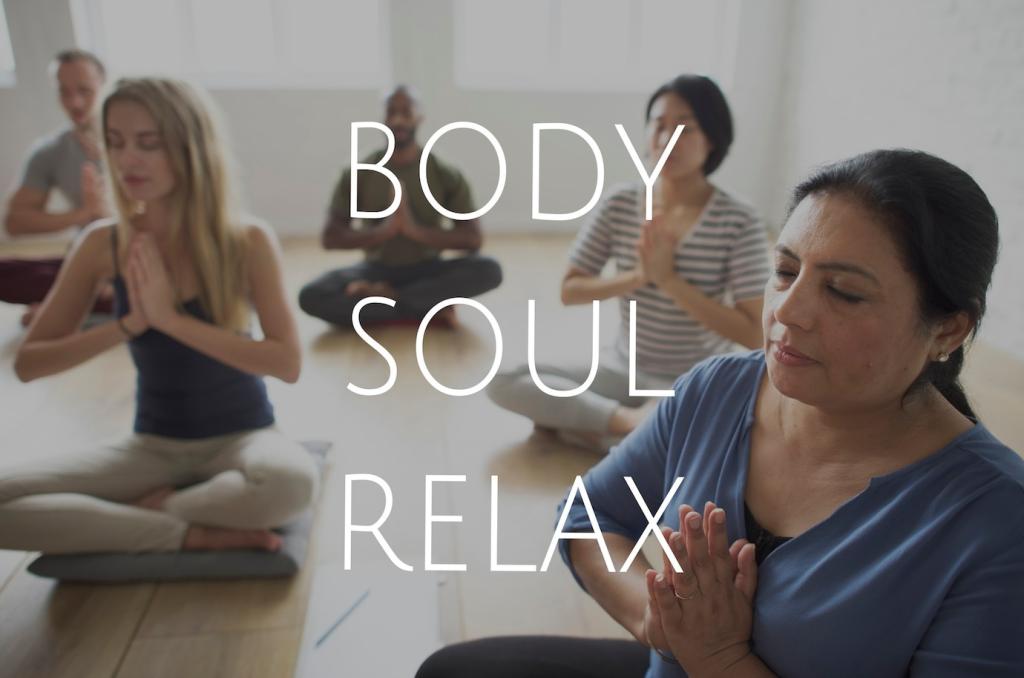Step Into Stillness: Walking Meditation for Mindfulness


The Essence of Walking Meditation
Feet deliver immediate, honest feedback: pressure, temperature, balance, and texture beneath you. By attending to these sensations, your attention anchors naturally, thoughts soften, and a grounded steadiness emerges with each deliberate step.
The Essence of Walking Meditation
On a crowded city block, Mara slowed, matched breath to her stride, and counted three gentle steps per exhale. The noise stayed loud, yet her reactivity quieted. She arrived home lighter, proof that calm can coexist with chaos.

Experiment: inhale for two steps, exhale for three. If breath feels tight, lengthen the exhale; if drowsy, brighten the inhale. Let comfort, not rules, decide your cadence.
Breath, Gait, and Ground: Finding Your Rhythm


From Commute to Retreat: Weaving Practice into Daily Life
Between meetings or rooms, pause for a single mindful breath, then walk slowly for ten steps. This micro-practice counteracts digital drift and sets a calmer tone for what comes next.
From Commute to Retreat: Weaving Practice into Daily Life
Grocery aisles become walking lanes of awareness. Match steps with the cart’s roll, notice colors and scents, soften your jaw, and let curiosity replace hurry without sacrificing efficiency.
Common Obstacles and Gentle Solutions
When thoughts sprint, narrow your focus to the soles of your feet for five breaths. Name sensations—warm, cool, firm, light—then widen awareness again. Repeat as needed, kindly.
Common Obstacles and Gentle Solutions
Treat sounds as part of the landscape rather than enemies. Label them softly—bird, bus, chatter—then return to breath and step. Let the world pass without insisting it be quiet.


Reflect, Share, and Grow Your Practice
After walking, jot three sensory details and one feeling. Patterns emerge quickly, guiding adjustments to route, tempo, or timing that keep practice alive and engaging.

